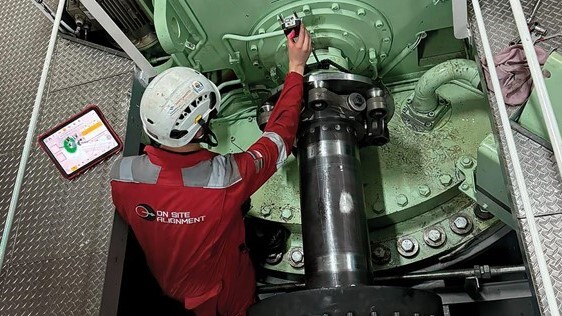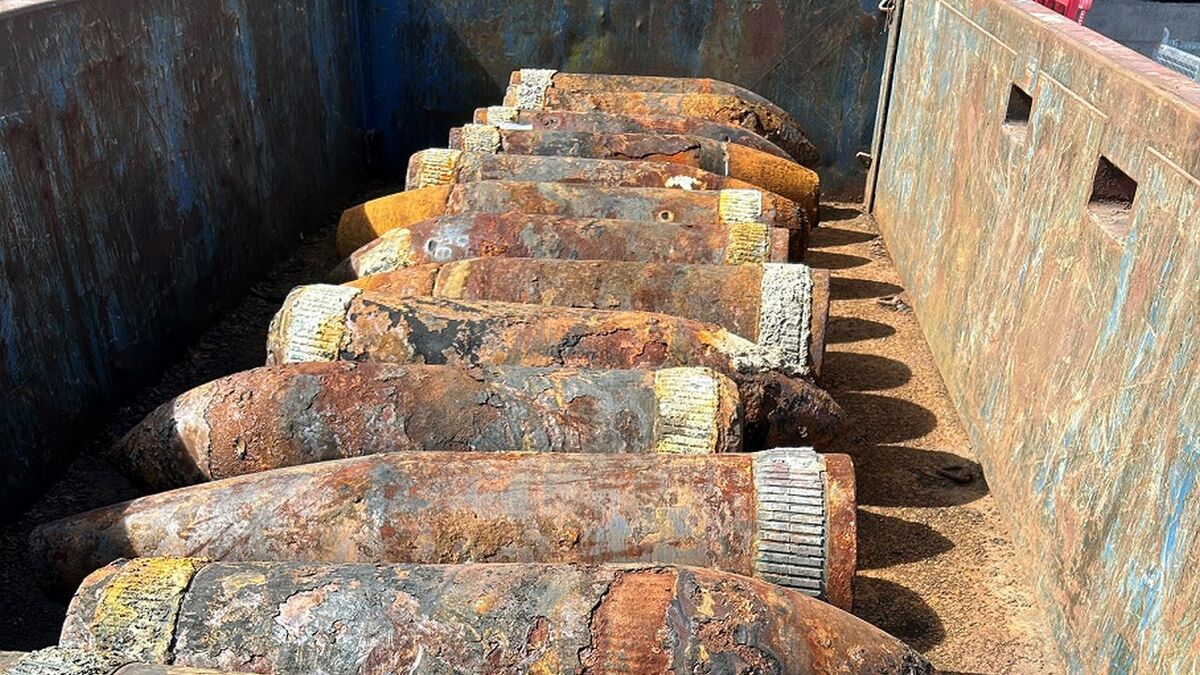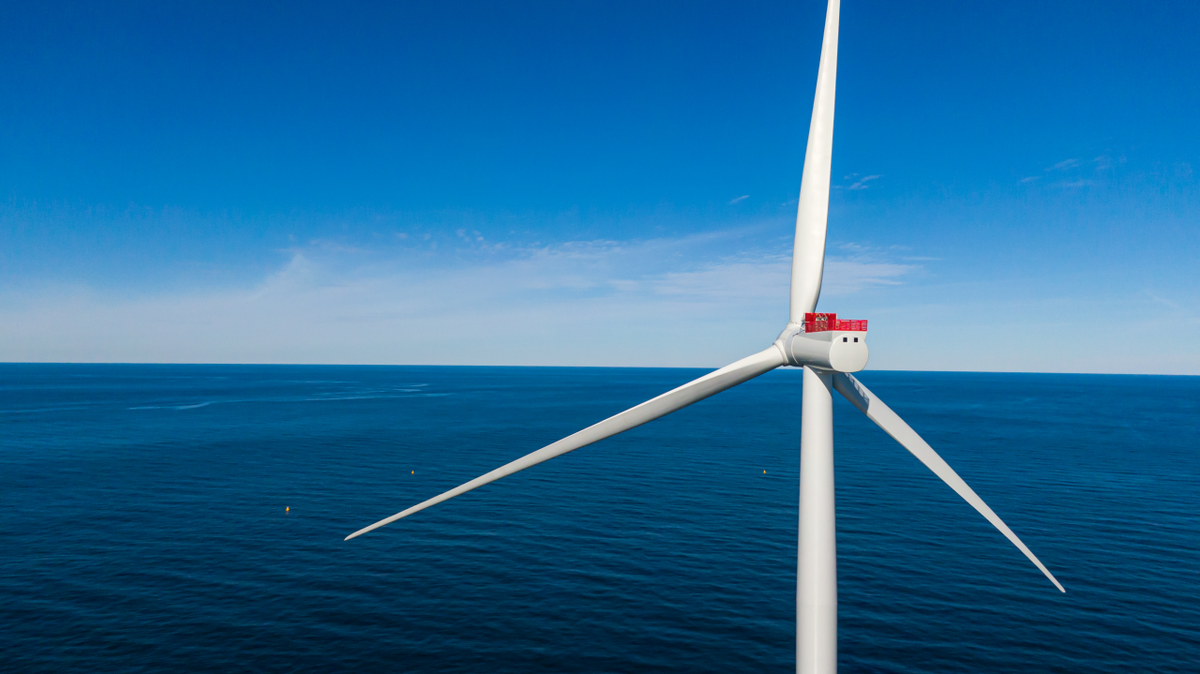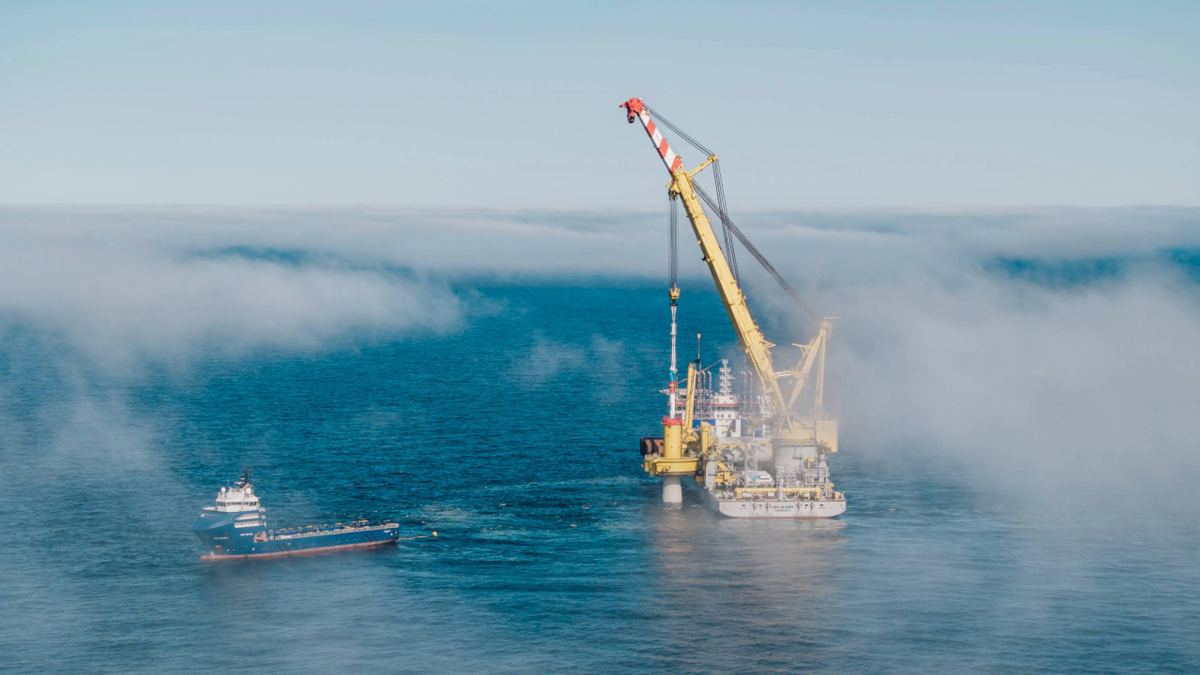Business Sectors
Events
Contents
Register to read more articles.
Ocean Winds demonstrates quieter, safer, predictable UXO disposal for offshore windfarms
A technique previously only used by the military to dispose of unexploded ordnance (UXO) on the seabed has been used successfully for the first time on an offshore windfarm
Offshore wind developer Ocean Winds, which has published a report about the techniques, known as ‘low-order deflagration,’ said it creates predictable low levels of underwater noise in the marine environment and hopes its use will become more widespread in the offshore wind industry.
UXO seabed surveys and disposal are standard on offshore infrastructure projects, including offshore wind projects. The report has been compiled following the first large-scale use of the method during UXO clearance prior to offshore construction of Moray West offshore windfarm in the outer Moray Firth, Scotland, which is being developed by Ocean Winds.
All 82 UXOs identified for disposal were safely disposed of using this technique with the works undertaken by EODEX, a Scotland-based innovator bringing this technique to the sector in partnership with Ocean Winds.
As reported by lead author Nuria Abad Oliva, offshore consents manager for the project, the technique had previously only been used for military purposes. This was the first successful use of the technique to support offshore renewable developments, with underwater noise measurements made by Seiche Ltd during disposal operations.
Mines, bombs, torpedoes and naval shells with explosive content varying in size from 6 kg to 700 kg were successfully neutralised. Underwater noise was limited to the small disposal tool charge, avoiding large underwater explosions from traditional UXO disposal techniques.
The report identifies a key advantage of the technique is the accuracy of underwater noise modelling and impact assessment compared with less certain and potentially large estimates of noise from traditional disposal techniques. Conventional techniques can cause significant environmental damage and harm marine mammals.
By publishing the outcomes of this study, Ocean Winds hopes that regulators and the offshore wind sector will benefit from these findings about the environmental benefits of low-order deflagration.
Ocean Winds head of permitting and environment Catarina Rei said, “The challenge of disposal of over 80 UXOs using traditional techniques was daunting.
“Working with EODEX to deploy low-order deflagration for the first time on an offshore windfarm has been a fantastic achievement. The disposal resulted in negligible underwater noise and ensured the protection of the prized marine mammal populations in the waters around the project.
“We hope this report will lead to informed guidance from regulators and the appropriate adoption of the technique by developers where environmental sensitivities indicate it would be a useful tool.”
Professor Paul Thomson at Aberdeen University – who prepared the report with Ms Oliva, Darren Jameson (Ocean Winds), Robert Lee (Seiche Ltd), Simon Stephenson (Seiche Ltd), in collaboration with EODEX – said, “Our previous measurements of noise from UXO disposal at other offshore windfarms have highlighted how conventional high order techniques may impact protected marine mammals.
“This work represents an important proof of concept that will help reduce risks both to wildlife populations and to the delivery of the offshore wind projects being developed to meet climate targets.”
Sign up for Riviera’s series of technical and operational webinars and conferences:
- Register to attend by visiting our events page.
- Watch recordings from all of our webinars in the webinar library.
Related to this Story
Events
Maritime Environmental Protection Webinar Week
The illusion of safety: what we're getting wrong about crews, tech, and fatigue
Responsible Ship Recycling Forum 2025
© 2024 Riviera Maritime Media Ltd.












